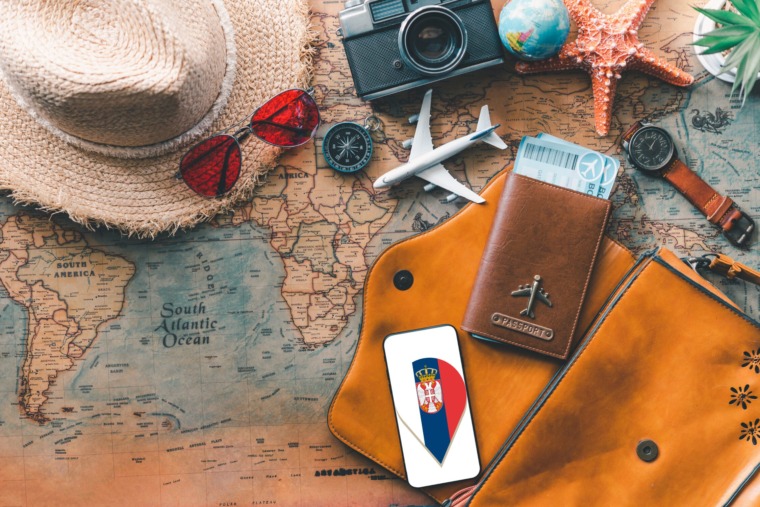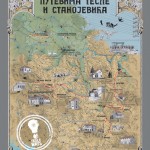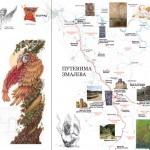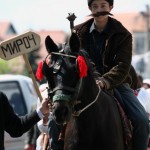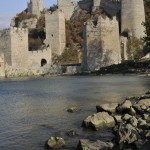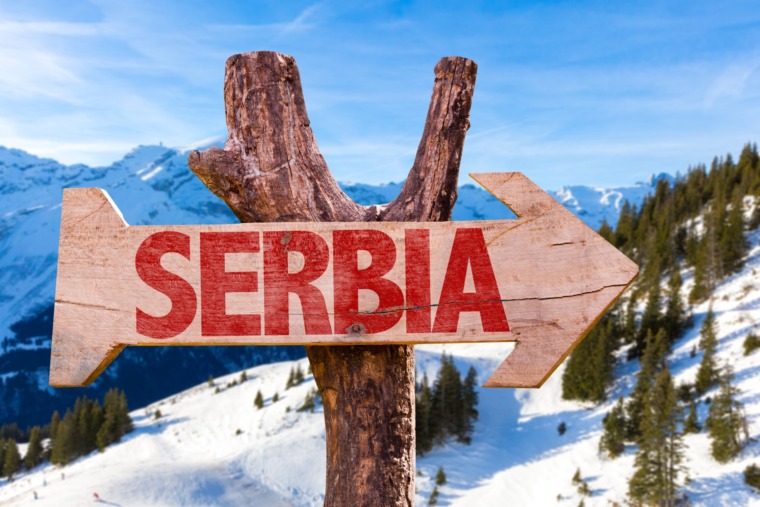

Travellers seek different experiences: tranquillity, adventure, beauty and movement. There are those who want to experience the Stendhal syndrome dizziness before magnificent works, and there are also those who try to step out of the known model and head through time accompanied by history and culture. TOS recommended two inspirational themed trips: one follows the trail of genius scientist Nikola Tesla, while the other notes a time when Serbian lords fought so bravely that they forever held the knighthood title of Dragon.
Trips that imaginatively represent heritage and involve travellers directly in history are increasingly popular in the world. Thus, through Europe one can experience the trails Mozart, Don Quixote and Dracula, through castles, the Valley of the Kings in the Loire, the Paths of olives… Such trips can also be found in Serbia. The Institute for the Study of Cultural Development has mapped the different cultural routes, reviving the forgotten stories of outlaws, mines, dragons, Tesla etc.
BRIGHT CHAPTER IN THE HISTORY OF THE WORLD
Although Tesla spent only one day of his life in Belgrade and Serbia, that day left a huge mark. A century later, following the trail, a cultural route emerged under the title “Paths of Tesla through Serbia”. It takes us back to a time when a new chapter in the history of the modern world was starting, a time when life was forever and irrevocably ramped up. It follows the path taken by Tesla in 1892 when he visited Belgrade, leads us to the Museum of Science and Technology, the Faculty of Electrical Engineering’s centennial cabinet, visits the Nikola Tesla Museum. A unique institution of science and culture in the world, this museum is on UNESCO’s “Memory of the World” list. The museum preserves Tesla’s precious legacy – more than 160,000 original documents, 2,000 books and journals, historical technical exhibits, photographs, instruments and devices, as well as the urn containing Tesla’s ashes.

GREAT WORK OF PROFESSOR STANOJEVIĆ
From Belgrade the route continues across Serbia: visiting the birthplace of Tesla’s favourite poet Jovan Jovanovic Zmaj in Sremska Kamenica, then Šišatovac Monastery, where Tesla’s love of birds comes from, Idvor and the Heritage Complex of Mihajlo Idvorski Pupin, Tesla’s contemporary, friend and “rival”. It visits Negotin, the birthplace of Đorđe Stanojević, and ten small, old hydropower plants which are true living museums that emerged thanks to the friendship of two scientists.
Đorđe Stanojević was one of the key scientists of the late 19th and early 20th centuries. He was a physicist, astronomer, meteorologist, faculty professor and Rector of the University of Belgrade. Adoring of Tesla’s inventions, he electrified Serbia. “In addition to bread and water, electricity will become an everyday necessity,” said Professor Stanojević, encouraged by Tesla’s scientific theories. Following Tesla’s principles of alternating current, he constructed a hydroelectric power plant “Under the city” on the river Đetinja, which was built only four years after Tesla’s hydro plant at Niagara Falls.
Serbia has five hydroelectric plants that are more than a century old: “Under the city” (Užice), “Vučje” (near Leskovac), “Sveta Petka” (at Niš), “Gamzigrad” (near Zaječar) and “Moravica” (in Ivanjica). They still ride waterways, but their significance is not just historical. They are surrounded by beautiful nature, rapids and waterfalls and seem completely unreal in the eye of the beholder.
Tesla’s ways certainly represent a route has the potential to grow into a significant international “track” because following the life biography of this scientist can connect the countries in which Nikola Tesla lived and worked.
ON DRAGONS’ WINGS – MYTHOLOGY & HISTORY

Inspired by the legends of dragon heroes, fairies and dragons, the Institute for the Study of Cultural Development has designed an exciting journey through history and mythology. They drew inspiration for this cultural trail in Milenko Bodirogić’s book “Fairies and Dragons – Serbian mythology”, in which he explained how the Serbian dragons looked, how all the heroes in our region were dragons and why that was significant in the late Middle Ages.
Serbian dragons are not the same as those represented in the West. These mythical creatures were different from the popular image of a fire breathing “lizard”. In Serbian mythology dragons have a ram’s head and a seductive snake’s body, they are often invisible, can fly and change forms. They are powerful, mysterious and righteous. Hence the stories of so many dragon-like heroes. Despot Stefan Lazarević, the famous Serbian ruler from the beginning of the 15th century, was the son of the Dragon Jastrebac, Vuk Grgurević, a dashing warrior, known as the Fiery Dragon Wolf, Vasa Čarapić, military leader of the First Serbian Uprising was the Dragon of Avala, while Stojan Čupić, another military leader, was described in folk songs as the Dragon of Noćaj. Other historical and legendary figures of Serbian history were also characterised as dragons: Marko Kraljević, Miloš Obilić, Banović Strahinja, Ljutica Bogdan et al.
FROM FRUŠKA GORA TO MARKOV TOWN
The routes of the “Paths of dragons through Serbia” starts from the Fruška Gora, goes through Belgrade and ends in Vranje, at the fortress of Markovo Kale. Along the way it visits the castles of southeast Serbia and fortresses on the Danube, places where parts of these legends emerged. In Belgrade Despot Stefan Lazarević, son of Empress Milica and the Dragon of Jastrebac have their own dragons’ towers. Smederevo is the city of the Fiery Dragon Wolf or Vuk Grgurević. In Prokuplje, in the medieval town of Hisar, lived nine Jugovićs, who are uncles of the dragon Stevana Visokog. The town of Pirot tells the story of Momčilo, the uncle of Marko Kraljević, and his winged horse Jabučilo. Dragon Kraljević Marko has, in turn, his own fortress above Vranje, under which, legend has it, he is now sleeping. Miroč mountain has always been a meeting place for fairies, especially the fairy Ravijojle, the half-sister of Kraljević Marko.
The path to oblivion hides the riches of stories. Discovering the luxury of this heritage through imaginatively designed journeys is just the first step in polishing history.
Text: Dragana Barjaktarević
Photo: Marija Jankovic, Manuela Graf
Related Articles

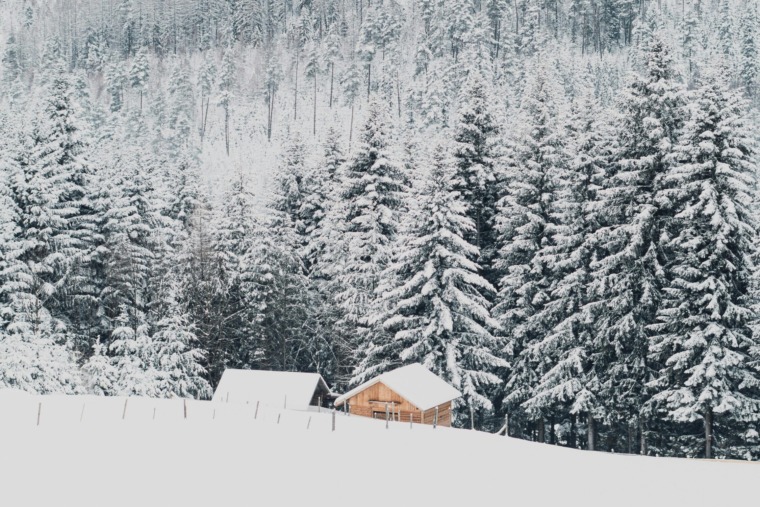
Winter Starts Here: Serbia’s Magical December
December 1, 2025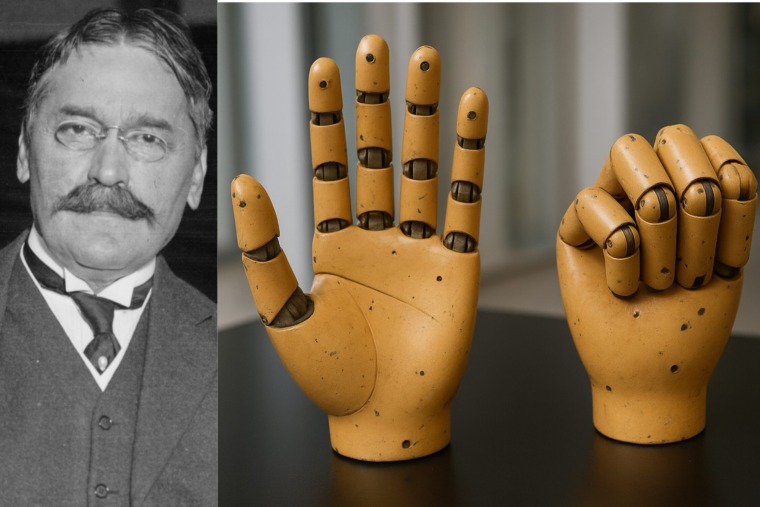
The Belgrade Hand: A Bionic Pioneer from Serbia
November 27, 2025